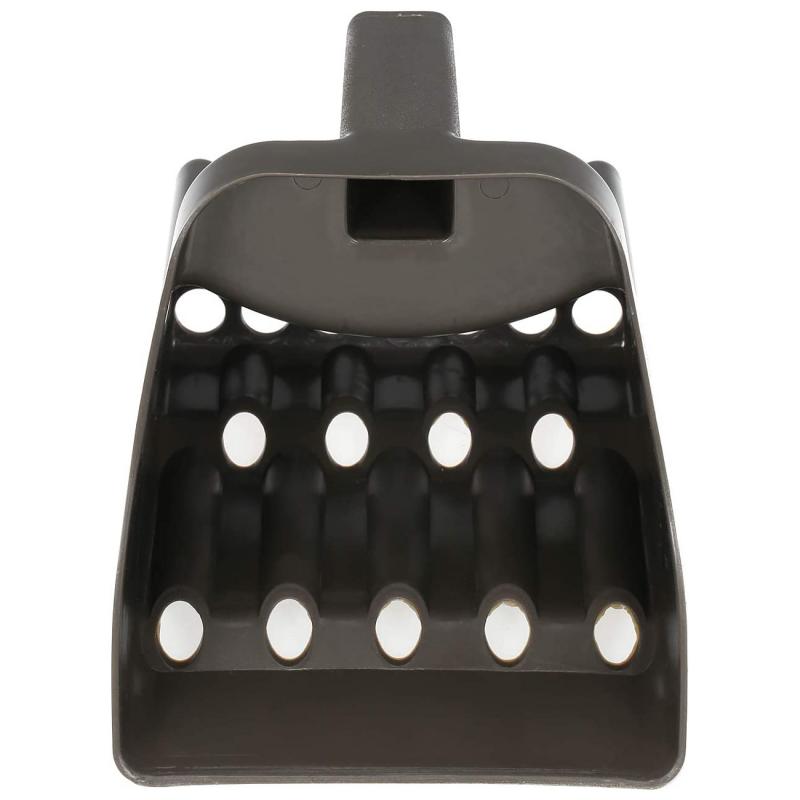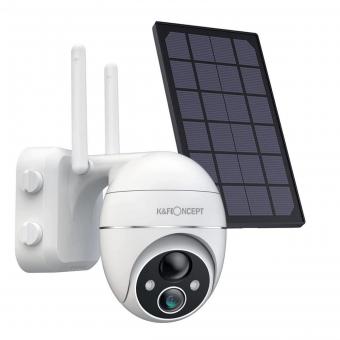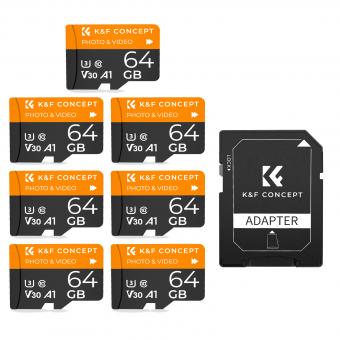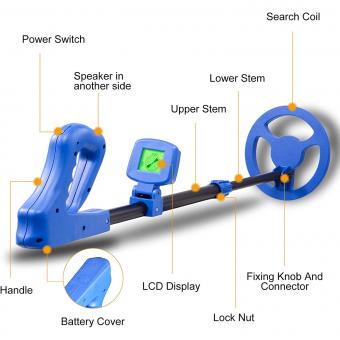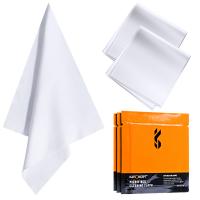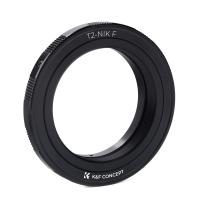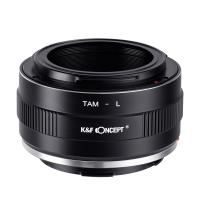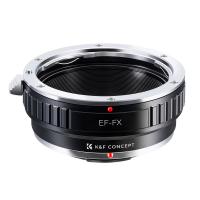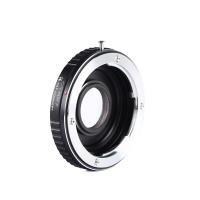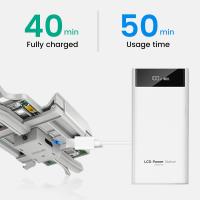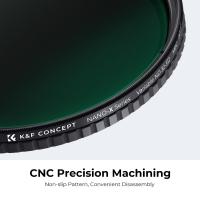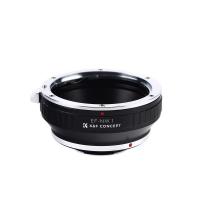How To Make A Gold Detector At Home ?
Making a gold detector at home requires knowledge of electronics and engineering. It involves designing and building a circuit that can detect the presence of gold. The basic principle behind a gold detector is that gold is a good conductor of electricity, so a detector can be designed to measure changes in electrical conductivity. This can be done using various components such as coils, capacitors, resistors, and transistors. The circuit needs to be calibrated to detect the specific conductivity of gold.
There are several DIY projects and tutorials available online that provide step-by-step instructions on how to make a gold detector at home. These resources typically include circuit diagrams, component lists, and assembly instructions. It is important to note that building a gold detector requires technical skills and knowledge, and it may not be suitable for beginners. Additionally, homemade detectors may not be as accurate or reliable as commercially available ones.
1、 Electromagnetic Induction Principle in Gold Detection
To make a gold detector at home, one can utilize the principle of electromagnetic induction. This principle is widely used in metal detectors, including those specifically designed for gold detection. By understanding the basic concept of electromagnetic induction, one can create a simple yet effective gold detector.
The electromagnetic induction principle states that when a conductor, such as a coil of wire, is exposed to a changing magnetic field, an electric current is induced in the conductor. In the case of a gold detector, a coil of wire is connected to a circuit that generates a changing magnetic field. When this coil is brought close to a piece of gold, the changing magnetic field induces a current in the gold, which can be detected by the circuit.
To create a gold detector at home, one can start by constructing a coil of wire. This coil should be wound tightly and evenly, with the number of turns depending on the desired sensitivity of the detector. The coil can then be connected to a circuit that generates a changing magnetic field, such as an oscillator circuit.
It is important to note that creating a gold detector at home may not yield professional-grade results. Commercial gold detectors are often equipped with advanced features and technologies to enhance their sensitivity and accuracy. However, a homemade gold detector can still be a fun and educational project, providing a basic understanding of the principles behind gold detection.
In recent years, advancements in technology have led to the development of more sophisticated gold detection methods. For example, some detectors now incorporate pulse induction technology, which allows for greater depth penetration and improved sensitivity to small gold nuggets. Additionally, advancements in signal processing algorithms have improved the discrimination capabilities of gold detectors, reducing false signals from other metals.
In conclusion, making a gold detector at home using the electromagnetic induction principle can be a fascinating project. While it may not match the performance of commercial detectors, it can provide a basic understanding of gold detection principles. It is worth exploring the latest advancements in gold detection technology to gain insights into the current state of the field.

2、 DIY Gold Detector Circuit Design and Assembly
DIY Gold Detector Circuit Design and Assembly
If you are an avid treasure hunter or simply interested in finding gold, making your own gold detector at home can be a fun and rewarding project. While commercial gold detectors can be expensive, building your own can save you money and allow you to customize it to your specific needs.
To make a gold detector at home, you will need a basic understanding of electronics and some common components. The heart of the detector is a metal detector circuit, which can be easily assembled using readily available components. The circuit works by emitting an electromagnetic field and detecting any changes in that field caused by nearby metal objects.
To build the circuit, you will need a coil of wire, a capacitor, a resistor, and an operational amplifier. The coil of wire acts as the detector's antenna and is connected to the operational amplifier. The capacitor and resistor are used to tune the circuit to the desired frequency.
Once the circuit is assembled, it can be housed in a suitable enclosure and powered by a battery. To use the gold detector, simply sweep the coil over the ground and listen for any changes in the audio output. When the detector detects a metal object, it will produce a distinct sound or change in tone.
It is important to note that building a gold detector at home may not yield the same level of performance as a commercial detector. Commercial detectors are often more sensitive and have advanced features to enhance their performance. However, a homemade gold detector can still be effective for basic treasure hunting and can be a great learning experience.
In conclusion, building a gold detector at home can be a fun and educational project for those interested in treasure hunting. While it may not match the performance of commercial detectors, a homemade detector can still be effective and provide hours of enjoyment.
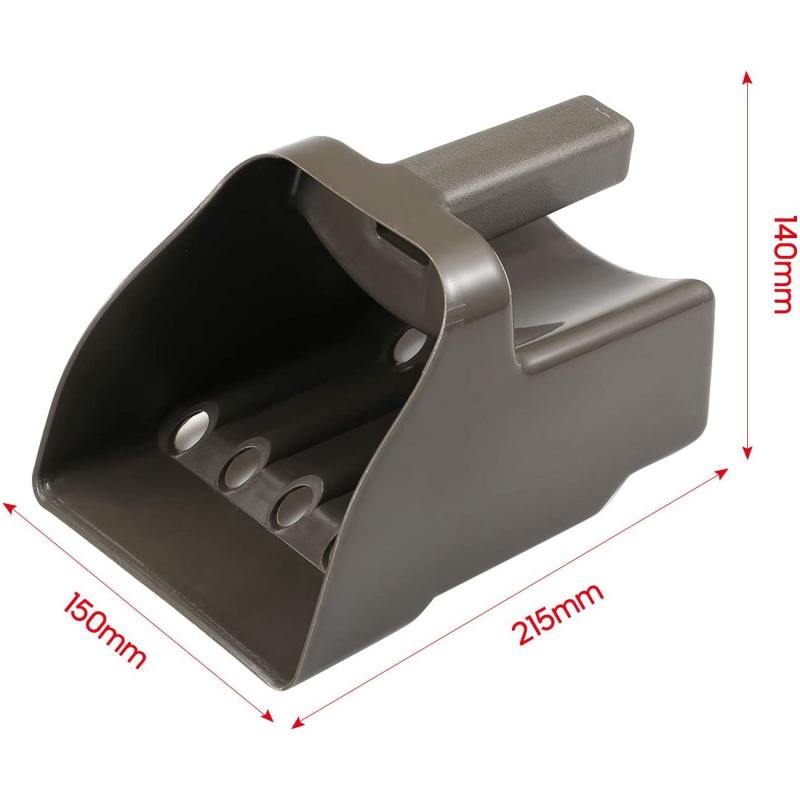
3、 Utilizing Metal Discrimination Techniques for Gold Detection
Utilizing Metal Discrimination Techniques for Gold Detection
Gold detection is a fascinating field that has seen significant advancements in recent years. While making a gold detector at home may not be feasible for most individuals due to the complexity of the technology involved, understanding the principles behind metal discrimination techniques can provide valuable insights.
Metal discrimination is a crucial aspect of gold detection as it allows for the differentiation between various types of metals. Traditional metal detectors rely on electromagnetic fields to detect metallic objects, but they often struggle to distinguish between different metals. However, modern metal discrimination techniques have made significant progress in this area.
One such technique is known as pulse induction (PI), which is widely used in professional gold detectors. PI detectors generate short bursts of magnetic fields and measure the decay time of the resulting electromagnetic pulse. This allows them to differentiate between various metals based on their conductivity and magnetic properties. By analyzing the decay time, PI detectors can identify gold, which has unique conductivity characteristics compared to other metals.
Another technique gaining popularity is multi-frequency metal detection. These detectors operate at multiple frequencies simultaneously, allowing for better discrimination between different metals. By analyzing the response at different frequencies, these detectors can identify gold based on its specific conductivity and magnetic properties.
It is important to note that building a gold detector at home requires a deep understanding of electronics and advanced engineering skills. However, for those interested in pursuing this field, there are various resources available online that provide guidance on building metal detectors from scratch.
In conclusion, while making a gold detector at home may not be practical for most individuals, understanding the principles behind metal discrimination techniques can enhance our knowledge of gold detection. Pulse induction and multi-frequency metal detection are two prominent techniques that have revolutionized the field. As technology continues to advance, we can expect further improvements in metal discrimination, leading to more accurate and efficient gold detection methods.
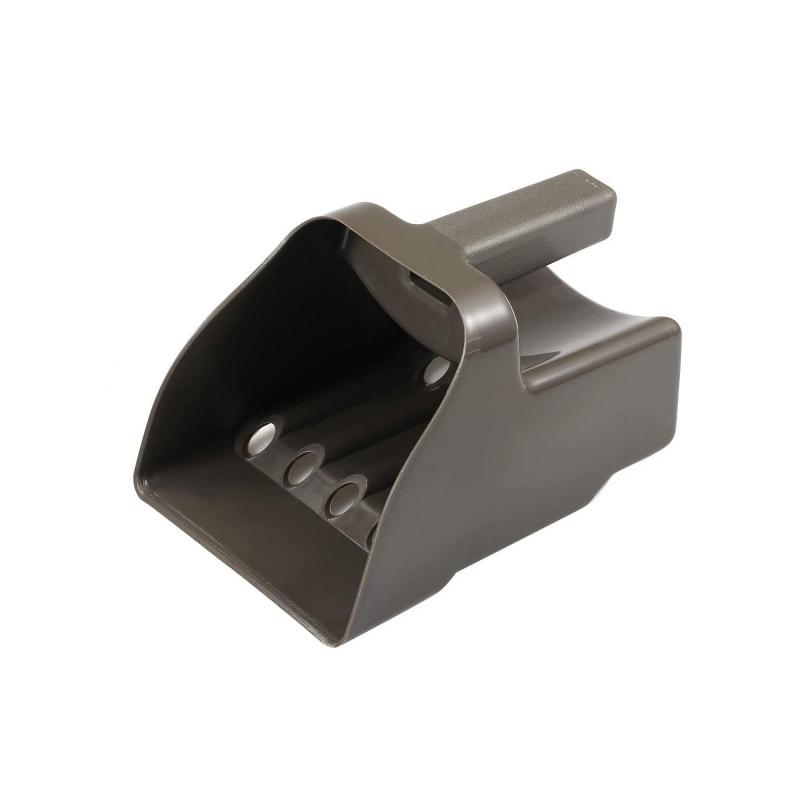
4、 Improving Sensitivity and Range of Homemade Gold Detectors
Improving Sensitivity and Range of Homemade Gold Detectors
Making a gold detector at home can be an exciting project for those interested in treasure hunting or prospecting. While homemade gold detectors may not match the performance of professional-grade equipment, there are several ways to improve their sensitivity and range.
1. Use a high-quality coil: The coil is the most critical component of a metal detector. Using a high-quality coil can significantly enhance sensitivity and range. Look for coils specifically designed for gold prospecting, as they are more sensitive to small gold nuggets.
2. Optimize the circuit: Experiment with different circuit designs and configurations to find the most efficient one for your homemade gold detector. Consider using advanced technologies like pulse induction (PI) or very low frequency (VLF) circuits, which are known for their sensitivity to small gold particles.
3. Minimize interference: Interference from power lines, electrical devices, or other metal objects can reduce the sensitivity of your gold detector. Shielding the circuit and coil from external interference sources can help improve performance.
4. Ground balancing: Proper ground balancing is crucial for accurate detection. Adjusting the detector's settings to match the mineralization of the soil can enhance sensitivity and reduce false signals.
5. Enhance signal processing: Incorporating advanced signal processing techniques can improve the detection capabilities of your homemade gold detector. Digital signal processing (DSP) algorithms can help filter out unwanted signals and enhance the detection of small gold targets.
6. Research and learn: Stay updated with the latest advancements in metal detecting technology. Join online forums, read books, and follow experts in the field to gain insights and incorporate the latest techniques into your homemade gold detector.
It is important to note that homemade gold detectors may not match the performance of commercial detectors, which are designed and manufactured with advanced technologies and extensive research. However, by implementing these improvements, you can enhance the sensitivity and range of your homemade gold detector and increase your chances of finding gold.
